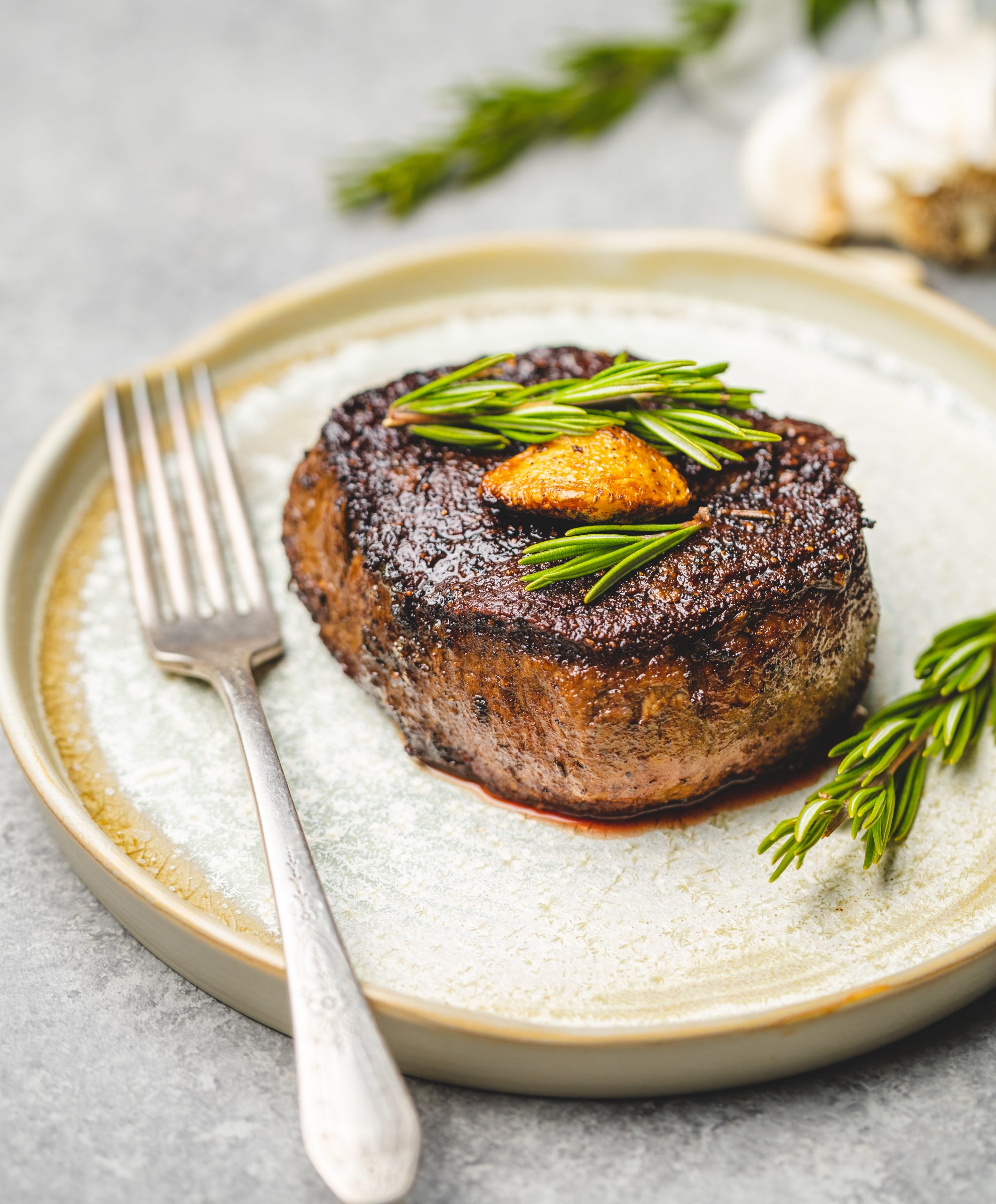What’s the Best Way to Order Steak at a Steakhouse in Raleigh North Carolina?

For all their sophistication, steakhouses can be quite an intimidating place to dine. How do you know if you’re getting quality beef? Which cuts are popular and why do people order those? For years, steakhouses have rightfully earned the reputation of being the “special occasion” dining spot—a restaurant meant for events like anniversaries, birthdays, and other grand celebrations.
So if the mere thought of going to an upscale steakhouse in Raleigh North Carolina overwhelms you, read on to learn how you can enjoy your next steak dinner and of course, have a pleasant night out.
Familiarize yourself with the different cuts
There are many different steak cuts, but that doesn’t mean you should let all the varieties get the best of you. Learn about some of the popular ones and how they’re prepared when dining in a steakhouse in Raleigh North Carolina:
1. Filet Mignon
Filet Mignon is tender enough that it almost melts in your mouth. This cut comes from the tenderloin and literally means “thick dainty slice” in French. It’s soft, low in fat, and has a good amount of marbling that makes it one of the popular juicy favorites. In many steakhouses, chefs sear them briefly over high heat, and finish them off at a lower temperature
2. T-Bone & Porterhouse
The T-Bone and Porterhouse steaks are cut from a cow’s short loin and feature a “T” shaped bone in the middle. Both steaks have a strip on one side of the bone, and tenderloin on the other. The T-Bone and Porterhouse can almost look identical, with the difference being (and this is according to the U.S. Department of Agriculture), that a Porterhouse steak features a tenderloin section that’s at least 1.25 inches across at its broadest point. These cuts can get mislabeled quite frequently, but it’s not much of a big deal.
What’s great with either is that you get two steaks in one, which is quite a treat for any steak lover. The T-Bone packs a lot of flavors and stays juicy after cooking. And the porterhouse, often being up to three inches thick, is a great choice if you want a filling and savory meal.
3. Ribeye
The Ribeye is easily another crowd favorite, thanks to its generous marbling content that provides the perfect flavor and texture combination. It can be served boneless or with the rib bone still attached (in which case, it’s called a cowboy steak). Eating the gristle and crispy fat is one of the best parts of the dining experience at a steakhouse in Raleigh North Carolina.
4. Tomahawk
The Tomahawk is essentially a ribeye steak that includes around 4 to 5 inches of rib bone left intact. The Tomahawk features one of the bigger cuts of beef which you can even share with someone at the table. It has a signature flavor and unique look which resembles a Native American tomahawk axe (hence the name).
How should you order steak?
- Consider Flavor
The flavor is one thing that’s important to many steakhouse fans. Usually, bone-in steaks pack more flavor than their boneless counterparts because the flavor comes from the bone’s marrow, which can also make the meat softer and give it a juicier texture. But if you prefer an easier eating experience, boneless isn’t too bad of a choice.
- Check the menu to see if the meat was aged
In some instances, some types of meat go through an aging process. Aging can be done dry or wet. With dry aging, the meat is hung in an open-air venue that partially dehydrates it but seals in more flavor that makes it more tender before going on the grill. Meanwhile, wet-aged beef picks up its flavors from its packaging or wrapping. Either way, many steak fans agree that aged beef is superior to non-aged beef.
- Decide the Doneness
Everyone has their own preference when ordering at a steakhouse in Raleigh North Carolina. But many people agree that the safest way to order steak is to have it cooked medium-rare. Medium-rare simply means that the center of the meat is soft (you can see the part of the meat that’s still pink), and the sides are firm and brown. Usually, steak cooked anywhere above medium rare loses its flavor and texture. A good rule of thumb is with less cooking time, lean cuts of meat stay tender, while cooking them well-done can cause the steak to toughen up.
- Know the source
Sure, steaks come from cows, but there’s so much more to that. Some steakhouses use specific names to identify where the meat originated. For example, Angus beef comes from cows in New Zealand. Meanwhile, Wagyu and Kobe are sourced from Japan and are some of the more expensive and superior cuts of beef.
- Sauce or No sauce?
Dowsing your steak in sauce is not a crime, but many would argue that you’ll be missing out from enjoying the steak’s true flavors. You can try eating steak with sauce; just make sure that it’s made from quality ingredients so it adds a delicious touch to complement your meal.
Hungry?
With so many steaks to choose from, finding one that you’re sure to enjoy can still be a little overwhelming. But with these tips in mind, (and often, a bottle of exquisite wine), you can ease into becoming more confident as you up your steak game. There isn’t a secret formula to finding the best steak out there—it’s more of a personal kind of experience that just gets better every time.
Remember: the next time you visit a steakhouse in Raleigh North Carolina, there’s no need to feel embarrassed or awkward if you need to ask your server for recommendations, or clarifications on what a word on the menu means. Finding a delicious steak dinner is always a pleasant experience. Enjoy!